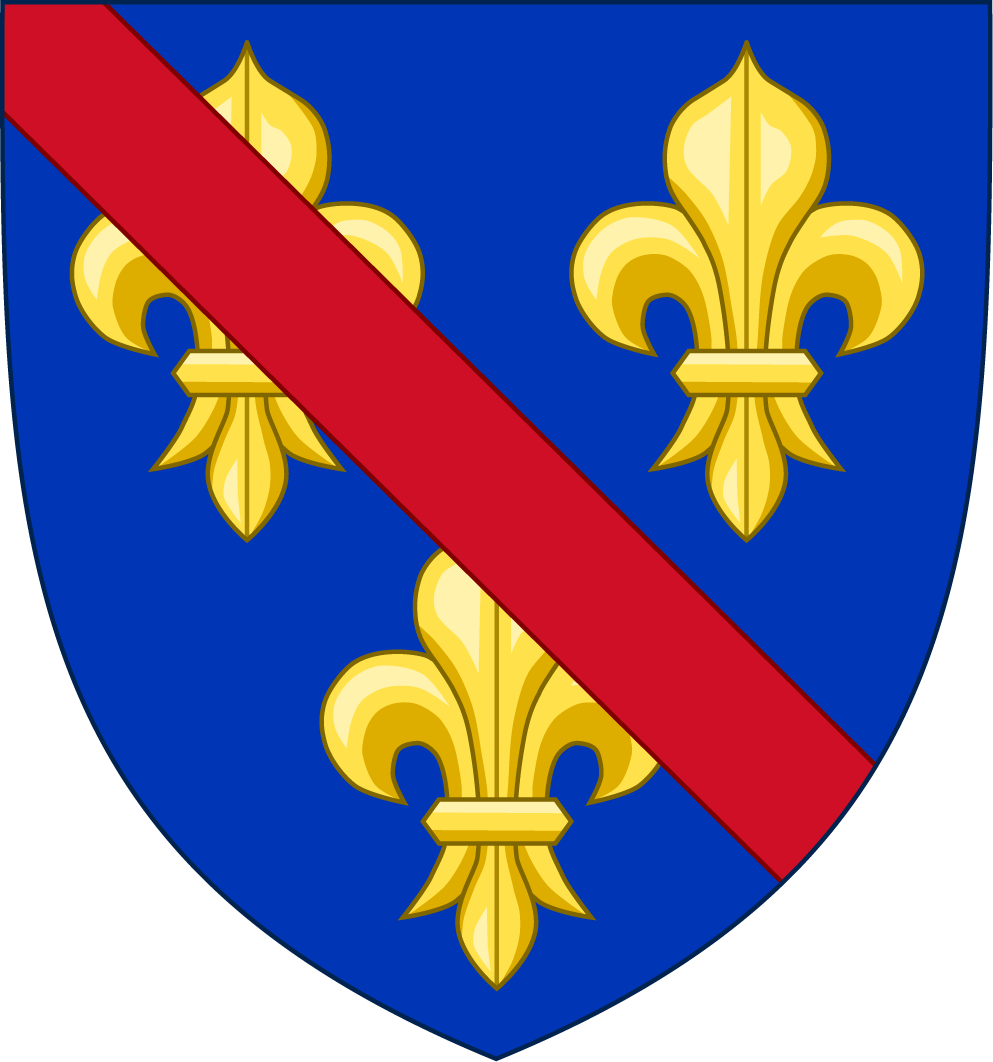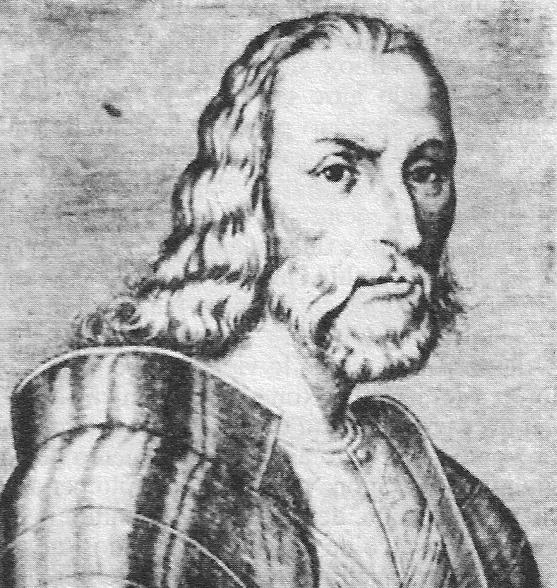|
Battle Of Marignan
The Battle of Marignano, which took place on 13–14 September 1515, near the town now called Melegnano, 16 km southeast of Milan, was the last major engagement of the War of the League of Cambrai. It pitted the French army, composed of the best heavy cavalry and artillery in the world, led by Francis I, newly crowned King of France, against the Old Swiss Confederacy, whose mercenaries until that point were regarded as the best medieval infantry force in Europe. With the French were German ''landsknechts'', bitter rivals of the Swiss for fame and renown in war, and their late-arriving Venetian allies. Background The campaign of Marignano followed years of Swiss successes, during which French fortunes in northern Italy had suffered greatly. The Swiss had taken control of Milan (for France the gateway to Italy) after their victory at the Battle of Novara (1513), and returned to its ducal throne Massimiliano, son of Ludovico Sforza, to make Milan a protectorate of Switze ... [...More Info...] [...Related Items...] OR: [Wikipedia] [Google] [Baidu] |
Alexandre-Évariste Fragonard
Alexandre-Évariste Fragonard (26 October 1780 – 10 November 1850) was a French painter and sculptor in the troubadour style. He received his first training from his father and drew from him his piquant subjects and great facility, perfecting them under Jacques-Louis David. His parents were Jean-Honoré Fragonard and Marie-Anne Fragonard. He was born in Grasse, and died in Paris. Works His paintings include: * ''Francis I Armed as a Knight'' * ''Francis I Receiving Primaticcio'' (ceiling of the Louvre) * ''Joan of Arc Climbing to the Stake'' * ''Tasso Reading Jerusalem Delivered'' * ''Francis I at Marignan'' * '' Mirabeau Replying to Dreux-Brézé'' As a sculptor, he produced the old pediment of the Chambre des Députés and a colossal statue of Pichegru. He designed an engraving called the ''Interior of a Revolutionary Committee under the Terror'', which was engraved by Pierre-Gabriel Berthault and Claude Nicolas Malapeau in 1802. File:Diane & goujon.jpg, ''Diane de ... [...More Info...] [...Related Items...] OR: [Wikipedia] [Google] [Baidu] |
Charles III, Duke Of Bourbon
Charles III de Bourbon comte de Montpensier then duc de Bourbon (17 February 1490 – 6 May 1527) was a French military commander, governor, prince of the royal blood and rebel during the early Italian Wars. The son of Gilbert de Bourbon and Clara Gonzaga, he was born into a junior branch of the royal house of France. The early death of his father and elder brother meant that he became the comte de Montpensier (count of Montpensier) in 1501. He then secured a very advantageous marriage in 1505 to Suzanne de Bourbon, the heiress to the senior line of the house of Bourbon. By this means he became the greatest feudal lord in the French kingdom. He participated in the expeditions of king Louis XII seeing combat at Genoa in 1507 and at the famous battle of Agnadello in 1509. In 1512, he was established as the governor of Languedoc, and in the final years of Louis XII's reign he would fight the Spanish in Navarre and the English in Picardy. With the death of Louis XII in 1515, he wo ... [...More Info...] [...Related Items...] OR: [Wikipedia] [Google] [Baidu] |
Prospero Colonna
Prospero Colonna (1452–1523), sometimes referred to as Prosper Colonna, was an Italian condottiero. He was active during the Italian wars and served France, Spain, the Holy Roman Empire and various Italian states. His military career spanned 40 years, serving French royals, Kings of Naples, Dukes of Milan, Popes, the Catholic Monarchs of Spain and Charles V, Holy Roman Emperor. Along with his rival Bartolomeo d'Alviano, he is considered the best Italian general of his age. For his prowess at defensive and counteroffensive warfare, he was regarded as the new Quintus Fabius Maximus Cunctator, earning the nickname ''Cuntatore''. His connections and career allowed him to become a great feudal lord in the Spanish viceroyalty of Naples. Early life A member of the ancient noble family of the Colonna, he was born in Civita Lavinia, near Velletri (Lazio), in 1452. He was a cousin of Fabrizio Colonna. Career Beginnings His first notable action as a military leader was in 1484 when ... [...More Info...] [...Related Items...] OR: [Wikipedia] [Google] [Baidu] |
Villafranca Piemonte
Villafranca Piemonte is a ''comune'' (municipality) in the Metropolitan City of Turin in the Italian region Piedmont, located about 35 km southwest of Turin. Villafranca Piemonte borders the following municipalities: Vigone, Pancalieri, Cavour, Faule, Moretta, Barge A barge is typically a flat-bottomed boat, flat-bottomed vessel which does not have its own means of mechanical propulsion. Original use was on inland waterways, while modern use is on both inland and ocean, marine water environments. The firs ..., and Cardè. Economy Villafranca's economy was traditionally based on fishing; today the main activities are agriculture and animal husbandry. Twin towns * Belhomert-Guéhouville, France * El Trébol, Argentina * Saint-Maurice-Saint-Germain, France References {{Turin-geo-stub ... [...More Info...] [...Related Items...] OR: [Wikipedia] [Google] [Baidu] |
Col D'Argentière
The Maddalena Pass (Italian: ''Colle della Maddalena'' French: ''Col de Larche'', historically ''Col de l'Argentière'') (elevation 1996 m.) is a high mountain pass between the Cottian Alps and the Maritime Alps, located on the border between Italy and France. It connects Barcelonnette in France with Cuneo in Italy. Its French name ''Col de Larche'' refers to the village Larche on its northwestern side. Under its earlier name, Col de l'Argentière it has historically linked Lyon with Italy; the Col de l'Argentière was in the possession of the house of Savoy from 1388 to 1713, offering an easy route between Piedmont and its outlying valley of Barcelonnette, which came into Savoyard possession in 1388, when Amadeus VI of Savoy purchased it for the sum of 60,000 ecus,W. A. B. Coolidge, "The Passages of the Alps in 1518" ''The English Historical Review'' 30 No. 120 (October 1915:681-691) pp 687-88, 690. it was of such strategic and commercial importance. A few hundred metres from ... [...More Info...] [...Related Items...] OR: [Wikipedia] [Google] [Baidu] |
Ludovico Sforza
Ludovico Maria Sforza (; 27 July 1452 – 27 May 1508), also known as Ludovico il Moro (; 'the Moor'), and called the "arbiter of Italy" by historian Francesco Guicciardini,Opere inedite di Francesco Guicciardini etc, Storia fiorentina, dai tempi di Cosimo de' Medici a quelli del gonfaloniere Soderini, 3, 1859, p. 217 was an Italy, Italian nobleman who ruled as the Duke of Milan from 1494 to 1499. Although he was the fourth son and excluded from his family's succession, Ludovico was ambitious and managed to obtain dominion over Milan. He first assumed the regency from his sister-in-law Bona of Savoy, Bona, then took over from his deceased nephew Gian Galeazzo Sforza, Gian Galeazzo, whom some say he poisoned. Considered enlightened, generous, and peaceful, he became a patron of artists and writers. His court in ... [...More Info...] [...Related Items...] OR: [Wikipedia] [Google] [Baidu] |
Battle Of Novara (1513)
The Battle of Novara (also known as the battle of Ariotta) was a battle of the War of the League of Cambrai fought on 6 June 1513, near Novara, in Northern Italy. A French attacking force was routed by allied Milanese–Swiss troops. As a consequence, France was forced to withdraw entirely from Italy. Prelude The French had been victorious at the Battle of Ravenna the previous year. Nevertheless, the French under King Louis XII were driven out of the city of Milan the following month by the Holy League. Following the French removal from Milan, Swiss mercenaries installed Maximilian Sforza as Duke of Milan on 29 December 1512. In June 1513, the French army, consisting of more than 20,000 under Louis de la Trémoille, besieged the city of Novara, which was held by Swiss mercenaries. Battle By June 1513, most of the western part of the duchy of Milan had been occupied by the French. After marching to Novara the night before, the French were surprised at dawn by a Swiss relief a ... [...More Info...] [...Related Items...] OR: [Wikipedia] [Google] [Baidu] |
Landsknecht
The (singular: , ), also rendered as Landsknechts or Lansquenets, were German mercenaries used in pike and shot formations during the early modern period. Consisting predominantly of pikemen and supporting foot soldiers, their front line was formed by '' Doppelsöldner'' ("double-pay men") renowned for their use of '' Zweihänder'' and arquebus. They formed the bulk of the Holy Roman Empire's Imperial Army from the late 15th century to the early 17th century, fighting in the Habsburg-Valois wars, the Habsburg-Ottoman wars, and the European wars of religion. Although prone to mutiny if unpaid and divided within their ranks between Catholics and Lutherans, the ''Landsknechte'' were well-armed and experienced warriors, recruitable in large numbers throughout Germany and Austria by the Holy Roman Emperor. This guaranteed both quantity and quality to the Imperial military for a century and a half. At their peak during the reign of Charles V of Habsburg, and under the leade ... [...More Info...] [...Related Items...] OR: [Wikipedia] [Google] [Baidu] |
Gendarme (historical)
A ''gendarme'' was a cavalry, heavy cavalryman of nobility, noble birth, primarily serving in the Early modern France, French army from the Late Middle Ages to the early modern period. Heirs to the knights of Medieval France, French medieval feudal armies, French gendarmes enjoyed like their forefathers a great reputation and were regarded as the finest European heavy cavalry force until the decline of chivalric ideals largely due to the ever-evolving developments in gunpowder technology. They provided the French kings, King of France with a potent regular force of armored lancers which, when properly employed, dominated late medieval and early modern battlefields. Their symbolic demise is generally considered to be the Battle of Pavia, which saw the gendarmes suffer a disastrous defeat and inversely confirmed the rise of the Tercio, Spanish Tercios as the new dominant military force, leading to the preeminence of the House of Habsburg in 16th century Europe. Etymology The word ... [...More Info...] [...Related Items...] OR: [Wikipedia] [Google] [Baidu] |
Oxford University Press
Oxford University Press (OUP) is the publishing house of the University of Oxford. It is the largest university press in the world. Its first book was printed in Oxford in 1478, with the Press officially granted the legal right to print books by decree in 1586. It is the second-oldest university press after Cambridge University Press, which was founded in 1534. It is a department of the University of Oxford. It is governed by a group of 15 academics, the Delegates of the Press, appointed by the Vice Chancellor, vice-chancellor of the University of Oxford. The Delegates of the Press are led by the Secretary to the Delegates, who serves as OUP's chief executive and as its major representative on other university bodies. Oxford University Press has had a similar governance structure since the 17th century. The press is located on Walton Street, Oxford, Walton Street, Oxford, opposite Somerville College, Oxford, Somerville College, in the inner suburb of Jericho, Oxford, Jericho. ... [...More Info...] [...Related Items...] OR: [Wikipedia] [Google] [Baidu] |
Cardinal Mattheus Schiner
Cardinal or The Cardinal most commonly refers to * Cardinalidae, a family of North and South American birds **''Cardinalis'', genus of three species in the family Cardinalidae ***Northern cardinal, ''Cardinalis cardinalis'', the common cardinal of eastern North America ***Pyrrhuloxia or desert cardinal, ''Cardinalis sinuatus'', found in southwest North America ***Vermilion cardinal, ''Cardinalis phoeniceus'', found in Colombia and Venezuela * Cardinal (Catholic Church), a senior official of the Catholic Church **Member of the College of Cardinals * Cardinal Health, a health care services company * Cardinal number ** Large cardinal * Cardinal direction, one of the four primary directions: north, south, east, and west * Arizona Cardinals, an American professional football team * St. Louis Cardinals, an American professional baseball team Cardinal or The Cardinal may also refer to: Animals Birds In addition to the aforementioned cardinalids: * '' Paroaria'', a South American gen ... [...More Info...] [...Related Items...] OR: [Wikipedia] [Google] [Baidu] |




